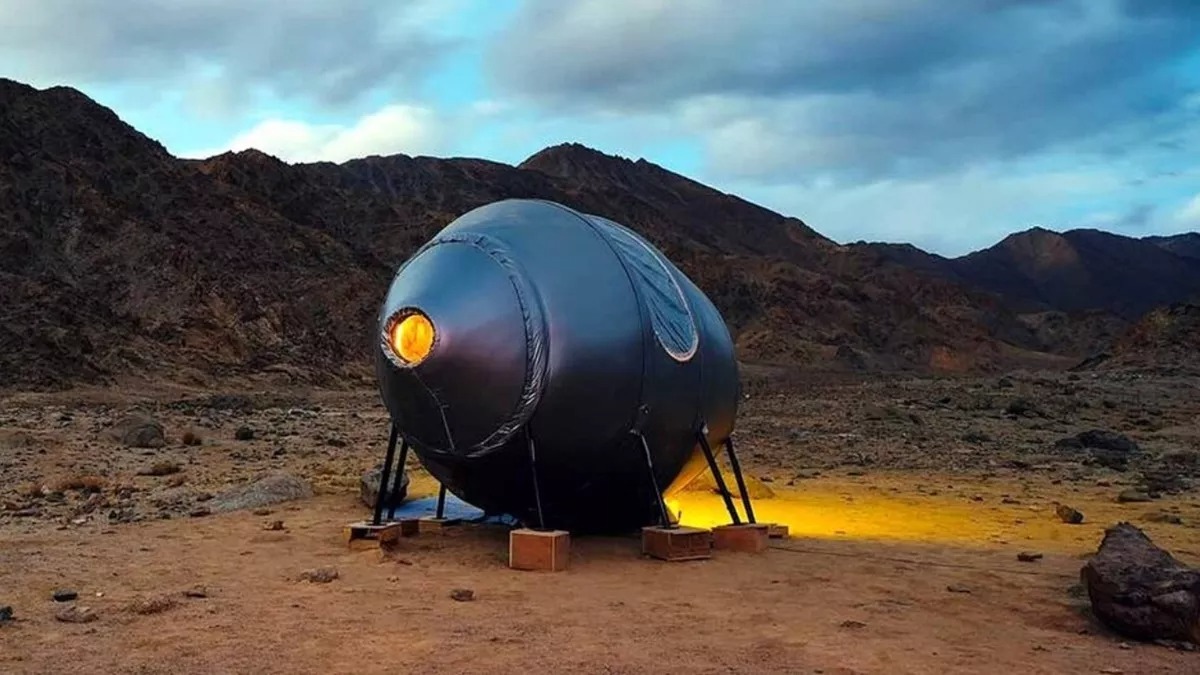
Bengaluru: India has created another history by creating a space environment on Earth. The country's first analog space mission has been launched in Leh, Ladakh. This success will also help in the ambitious mission of sending humans to the Moon and Mars, including the Gaganyaan mission, and building the country's own space station.
How to live in space
ISRO posted on X, India's first analog space mission launched in Leh! This mission has been launched in collaboration with Human Spaceflight Center, AAKA Space Studio, University of Ladakh, IIT Bombay and with the support of Ladakh Autonomous Hill Development Council. Under this mission, ISRO has created a place in Leh where there is a space-like environment. Through this, ISRO will test the preparations to deal with the challenges faced in setting up base stations on other celestial bodies far from the Earth.
Will prove important for Mars and Moon missions
Analog space missions will prove to be important for the mission to send humans to Mars and the Moon. Ladakh's extremely cold environment, dry climate, high altitude and barren terrain resemble the conditions on Mars and the Moon.
In fact, under the analog mission, a place is chosen on earth which is similar to the atmosphere and environment of space or any celestial body. These are prepared according to the set standards, so that astronauts or those going to other celestial bodies can be trained at such places. Analog missions will help scientists and engineers to understand how humans, robots and technology will cope with space-like conditions.
'Private companies will make space more accessible', ISRO chief said - India aims to land on the Moon in 2040
Ladakh selected for analog space mission
The extremely cold climate and high altitude of Ladakh is considered suitable to test the preparedness for the challenges faced by astronauts on celestial bodies.
Hub-1 is equipped with farm, kitchen and sanitation facilities
Hub-1 is equipped with essentials like hydroponics farm, kitchen and sanitation facilities. The data from this mission will help India's Gaganyaan mission and future space missions. During the mission, scientists will test new technologies, robotic equipment. The country's Space Vision 2047 includes setting up the Indian Space Station (BAS) by 2035 and landing an Indian on the Moon by 2040.
India will be able to deliver 30 thousand kg of weight into space, agreement between ISRO and RRCAT
--Advertisement--

 Priya
Priya Share
Share



